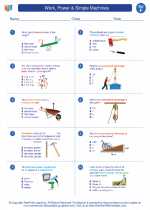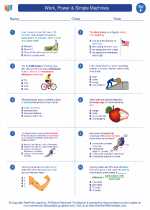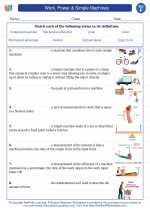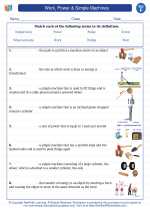Veins: Structure and Function
Introduction
Veins are an important part of the circulatory system, responsible for carrying deoxygenated blood back to the heart. Understanding the structure and function of veins is crucial for understanding how the circulatory system works.
Structure of Veins
Veins are blood vessels that carry blood towards the heart. They are composed of three main layers:
- Tunica Adventitia: The outermost layer, composed of connective tissue that provides support and protection to the vein.
- Tunica Media: The middle layer, made up of smooth muscle and elastic tissue that helps regulate blood flow and maintain vein shape.
- Tunica Intima: The innermost layer, consisting of endothelial cells that form a smooth surface to allow blood to flow freely.
Function of Veins
Veins play several important roles in the circulatory system:
- Returning Blood to the Heart: Veins carry deoxygenated blood from the body's tissues back to the heart, where it can be pumped to the lungs for oxygenation.
- Valves: Many veins contain one-way valves that prevent blood from flowing backwards, helping to maintain the flow of blood towards the heart.
- Reservoir for Blood: Veins can act as a reservoir for blood, helping to regulate blood pressure and maintain adequate blood flow to the heart and other organs.
Study Guide
Here are some key points to remember about veins:
- The structure of veins includes three main layers: tunica adventitia, tunica media, and tunica intima.
- Veins carry deoxygenated blood back to the heart.
- Valves in veins help prevent backflow of blood.
- Veins act as a reservoir for blood and help regulate blood pressure.
Understanding the structure and function of veins is essential for comprehending the circulatory system and its role in maintaining the body's overall health.
.◂Science Worksheets and Study Guides Sixth Grade. Work, Power & Simple Machines
Worksheet/Answer key Work, Power & Simple Machines
Work, Power & Simple Machines  Worksheet/Answer key
Worksheet/Answer key Work, Power & Simple Machines
Work, Power & Simple Machines  Worksheet/Answer key
Worksheet/Answer key Work, Power & Simple Machines
Work, Power & Simple Machines  Vocabulary/Answer key
Vocabulary/Answer key Work, Power & Simple Machines
Work, Power & Simple Machines  Vocabulary/Answer key
Vocabulary/Answer key Work, Power & Simple Machines
Work, Power & Simple Machines 

 Worksheet/Answer key
Worksheet/Answer key
 Worksheet/Answer key
Worksheet/Answer key
 Vocabulary/Answer key
Vocabulary/Answer key
 Vocabulary/Answer key
Vocabulary/Answer key

The resources above cover the following skills:
Reading Standards for Literacy in Science and Technical Subjects
Craft and Structure
Determine the meaning of symbols, key terms, and other domain-specific words and phrases as they are used in a specific scientific or technical context relevant to grades 6-8 texts and topics.